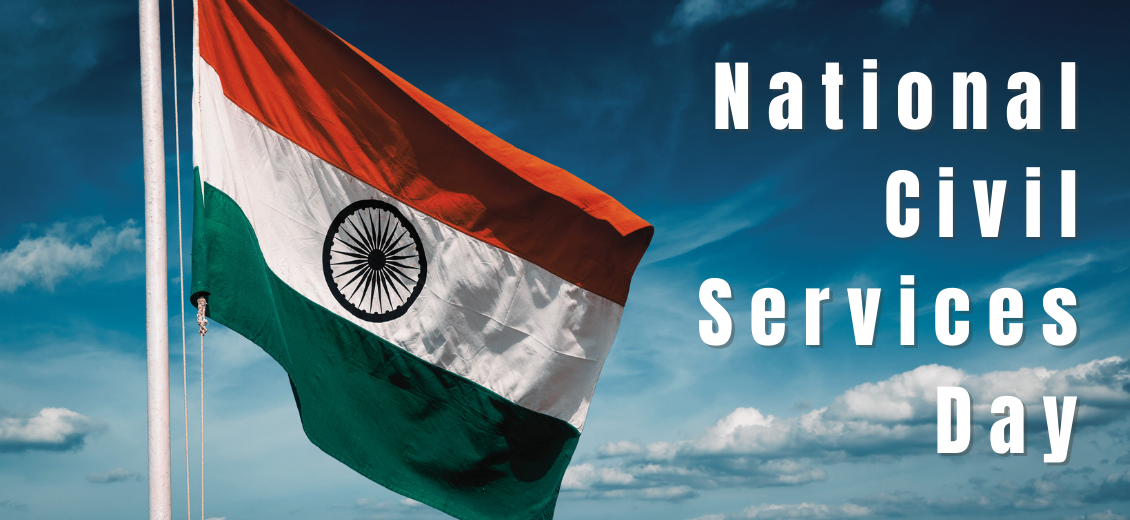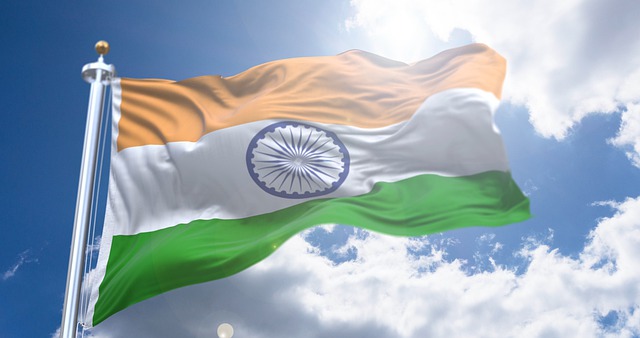
Every year, on 21st April, National Civil Services Day is celebrated in India as a token of appreciation for all officers, engaged in various public departments in the country, who work tirelessly to run India’s administrative machinery. This day also acts as a reminder for civil servants, working in various departments, of the cause to serve the citizens of the country above all else.
The civil servants, particularly at the higher echelons of the administrative hierarchy play a critical role both in determining policy choices as well as charting the course through which policy is implemented. Officers appointed in IAS, IPS, and others are often the ones who work at the grassroots level to address various social issues faced by the citizens.
Why is Civil Services Day celebrated?
The government of India celebrates Civil Services Day, every year as an occasion for the civil servants to rededicate themselves to the cause of serving citizens and renew their commitments to public service and excellence in work. The reason behind choosing this very date was to commemorate the day when the first Home Minister of Independent India, Sardar Vallabhbhai Patel, addressed the probationers of Administrative Services Officers in 1947 at Metcalf House, Delhi. There he referred to civil servants as the ‘steel frame of India’. This meant that civil servants, employed at various levels of the government, act as supporting pillars of the country’s administrative system.
Does the govt award any prizes, release any documents etc?
As part of Civil Services Day, Prime Minister’s Awards for Excellence in Public Administration are presented to Districts/Implementing Units for implementation of Priority programmes and innovation categories. With participation from a large number of Districts across the country in the Awards scheme, the scale of the entire process is very large. These awards on the Civil Services day each year bring together civil servants and help them connect with each other to learn the good practices being implemented across the nation in the field of public work, grievances etc. This annual affair is eagerly awaited by all public administrators as they get a chance to celebrate outcomes of work done in the entire year.
Efficiency of Indian bureacracy
Time and again allegations have been made on the efficiency and integrity of civil servants and it is a possibility that there can be a few “black sheeps, who have to be dealt with as per law”, (as once mentioned by G. V. Venugopal IAS; Odisha 1986). But when it comes to running a nation, the civil service is the most integral part of the system. The civil services are also part and parcel of India’s growth story in economic and social fields.
We also can’t ignore the fact that for 75 years, post-independence, Indian bureaucracy has managed to row the boat of Indian state over rocky waters of abject poverty, economic instability and communal differences and did so while being bound by the rules and limitations of the Constitution. Steering the helm of post-independent India was no easy feat, but Indian civil servants, especially the Indian Administrative Services (IAS), have managed to do it with great conviction. But how far can they manage to go on without upgrading their work-channel with changing times?
To conclude, we can say that it is inevitably true that the Indian Bureaucracy has greatly managed the administrative system, but we also can’t turn a blind eye to the fact that the current system may not be able to go on for a long time. The new India of the coming times will demand an updated bureaucratic system for sure. Thus, the time for a proactive, imaginative, and highly technology-savvy bureaucracy is nigh.

